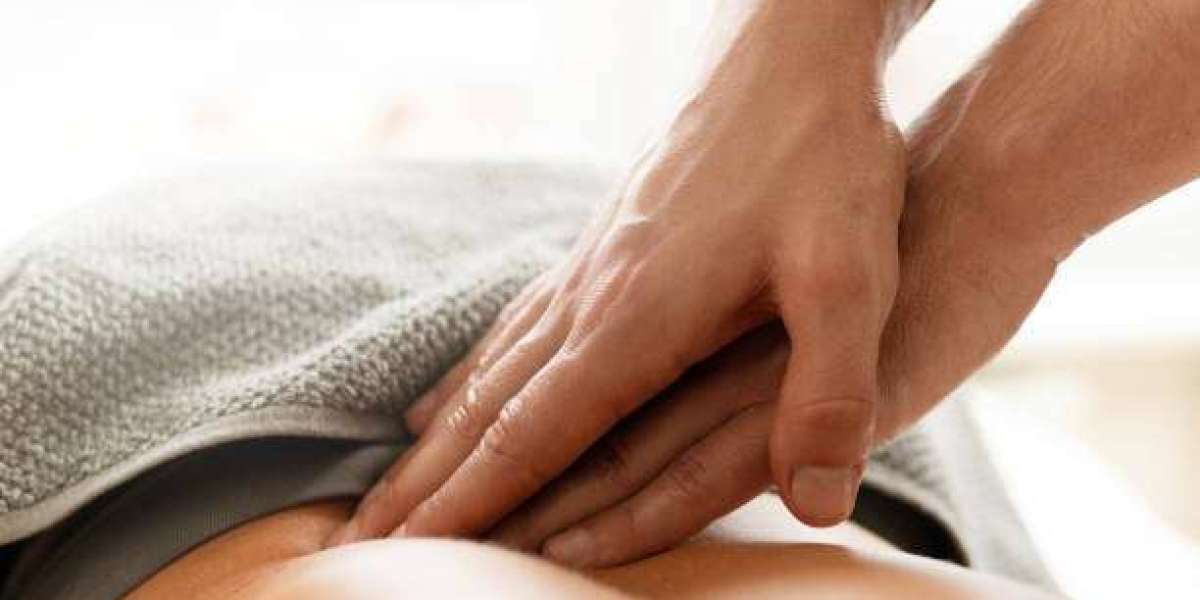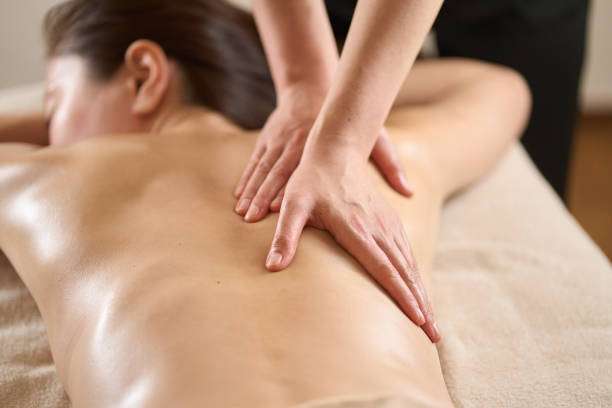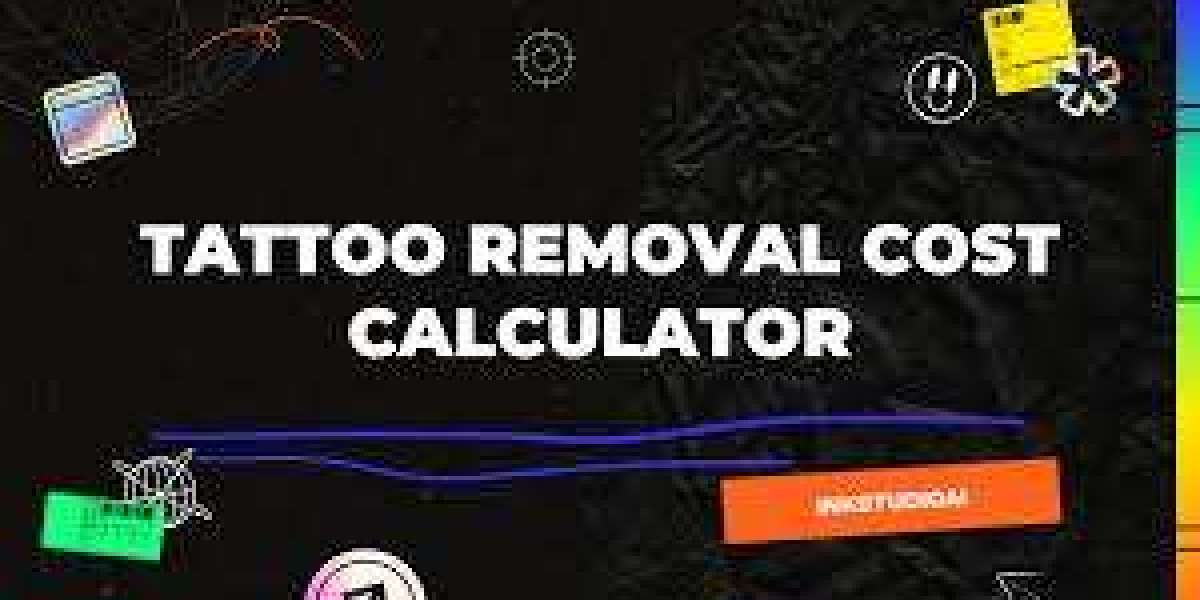Imagine sinking into a state of bliss as skilled hands work their magic on your body, easing tension and revitalizing your spirit. Whether you're battling chronic pain, seeking relief from daily stressors, or simply looking for a moment of tranquility amid life’s hustle and bustle, shiatsu massage offers an oasis of calm that promises not just relaxation but rejuvenation. Join us as we delve into the transformative benefits of this ancient art form and discover how it can help you unlock the door to profound well-being!
History and Origins of Shiatsu Massage
- Shiatsu massage has roots that trace back to ancient Japan. Its development was influenced by traditional Chinese medicine, particularly the concepts of meridians and vital energy known as "qi."
- As practitioners began blending Eastern philosophy with their own techniques, shiatsu emerged in the early 20th century. It evolved from older forms like anma massage, which focused on acupressure points along the body’s pathways.
- The name "shiatsu" itself translates to "finger pressure," reflecting its primary technique. This method emphasizes direct hand contact to stimulate healing and balance within the body.
- After World War II, shiatsu gained popularity worldwide as a holistic approach to well-being. Today, it is celebrated not just for relaxation but also for fostering physical health and emotional harmony across cultures.
How Does Shiatsu Massage Work?
Shiatsu operates on the principles of traditional Chinese medicine. It focuses on energy pathways known as meridians. These channels influence the flow of vital energy, or "qi." When these pathways are blocked, discomfort and disease can arise.
The therapist uses fingers, palms, and sometimes elbows to apply pressure along these meridians. This technique is rhythmic and precise, helping to release tension stored in muscles and promote relaxation.
Unlike other massage styles that might rely solely on physical touch, shiatsu engages with the body’s energetic system. As a result, it encourages natural healing processes by stimulating circulation and boosting immunity. Clients often report feeling a profound sense of peace during sessions. The combination of pressure points provides not just physical relief but also emotional balance—a true rejuvenation for both body and mind.
Benefits of Shiatsu Massage
Shiatsu massage offers a harmonious blend of physical, mental, and emotional benefits. It promotes relaxation by alleviating tension throughout the body. This deep state of calm can significantly reduce stress levels.
Physically, shiatsu enhances circulation and boosts energy flow. Many experience relief from chronic pain conditions such as migraines or lower back issues after sessions. On a mental level, it helps clear the mind. The rhythmic pressure applied during treatment encourages mindfulness and presence in the moment.
Emotionally, recipients often report feeling lighter and more balanced afterward. Shiatsu massage invites emotional release that can lead to improved mood and well-being.
Specific health concerns like insomnia or anxiety may also find solace through regular treatments. Each session acts as an opportunity for healing on multiple levels, creating a holistic approach to wellness that many cherish deeply.
Physical, Mental, and Emotional Benefits
Shiatsu massage offers a holistic approach to wellness that promotes balance in the body and mind. Physically, it enhances blood circulation, alleviates muscle tension, and improves flexibility. These benefits help reduce pain and enhance mobility.
On a mental level, Shiatsu encourages relaxation by calming the nervous system. It can diminish anxiety levels, leading to clearer thinking and improved focus. The gentle pressure applied during the session stimulates endorphin release, boosting your mood. Emotionally, Shiatsu nurtures a sense of tranquility. Many find themselves feeling more centered after a session. This practice fosters emotional awareness and resilience, helping individuals navigate stress with greater ease.
By integrating physical relief with mental clarity and emotional stability, Shiatsu creates an environment where overall well-being thrives.
Specific Conditions that Can Benefit from Shiatsu
Shiatsu massage has been known to alleviate various specific conditions. Many people find relief from chronic pain, including backaches and migraines. The gentle pressure applied during a session can help ease muscle tension and improve circulation.
Those dealing with stress or anxiety often report feeling calmer after treatment. Shiatsu encourages the release of endorphins, promoting a sense of well-being.
Digestive issues like bloating or constipation can also benefit. The techniques stimulate the abdominal organs, enhancing digestion and metabolism.
Individuals facing insomnia may discover better sleep patterns post-treatment. The relaxation achieved through shiatsu helps quiet the mind and prepare the body for rest.
Lastly, it’s beneficial for those recovering from injuries as it aids in healing by increasing blood flow to affected areas while decreasing inflammation. Each session offers tailored benefits based on individual needs.
Techniques Used in Shiatsu Massage
Shiatsu massage employs a variety of techniques that promote relaxation and balance. Practitioners use their fingers, palms, elbows, and even knees to apply pressure along the body's energy pathways.
One fundamental technique is acupressure. This involves applying sustained pressure to specific points to relieve tension and restore energy flow. Each point corresponds with different organs and systems in the body. Stretching is another integral aspect of Shiatsu. Gentle stretches help improve flexibility while releasing muscle tightness. The movements are often rhythmic, creating a sense of fluidity throughout the session.
Rocking techniques can also be incorporated. These gentle motions encourage deep relaxation by easing tension from both muscles and joints.
Finally, breath awareness plays a significant role during treatment sessions. Practitioners guide clients in mindful breathing to enhance overall wellness and grounding within their bodies.
What to Expect During a Shiatsu Massage Session
- When you arrive for a shiatsu massage, you'll typically find a calm and soothing environment. Soft music might play in the background, setting the mood for relaxation.
- You'll be asked about your health history and any specific areas of concern. This helps the practitioner tailor your session to meet your needs.
- Dress comfortably in loose clothing, as shiatsu is performed through fabric rather than on bare skin. You'll lie on a mat or futon on the floor, allowing full movement during the treatment.
- As the session begins, expect gentle pressure applied with fingers, palms, and even elbows along energy pathways known as meridians. The rhythm can vary from firm to gentle based on your comfort level.
- Throughout the experience, focus on your breathing. Allow yourself to sink into each moment while releasing tension throughout your body. Each session is unique—just like you.
Finding the Right Shiatsu Practitioner for You
- Choosing the right Shiatsu practitioner can significantly enhance your experience. Start by seeking recommendations from friends or health professionals who appreciate this therapy.
- Research practitioners in your area online. Look for reviews and testimonials that speak to their expertise and approach. It’s essential to find someone whose style resonates with you.
- Consider visiting a few different therapists before committing. Many offer introductory sessions, allowing you to assess their techniques and personality without pressure.
- Don’t hesitate to ask questions about their training, philosophy, or any specific conditions they specialize in treating. A good practitioner will be open and willing to share information about their methods.
- Trust your instincts during the initial interaction. Your comfort is vital; ensure you feel relaxed and understood as you embark on your journey toward relaxation through Shiatsu massage.
How Often Should You Get a Shiatsu Massage?
- The frequency of shiatsu massage can vary greatly depending on individual needs and goals. For those seeking stress relief, a weekly session can be immensely beneficial. Regular treatments help maintain relaxation levels and promote overall well-being.
- If you're addressing specific issues like chronic pain or tension, consider bi-weekly sessions. This approach allows for more focused care and helps track progress over time.
- On the other hand, if you’re new to shiatsu or just exploring its benefits, monthly appointments might suffice. They provide a wonderful opportunity to experience the technique without overwhelming your schedule.
- Listening to your body is key. Some may thrive on consistent visits while others prefer less frequent sessions as they learn how their bodies respond. Ultimately, it’s about finding a rhythm that works for you and supports your journey towards relaxation and health.
Combining Shiatsu with Other Forms of Therapy or Treatment
Combining shiatsu with other therapies can enhance your overall wellness experience. Many people find that integrating practices like acupuncture or yoga deepens their relaxation and healing.
For instance, pairing shiatsu with acupuncture allows for a comprehensive approach to energy flow in the body. Both therapies focus on meridian lines, making them complementary. Yoga also works well alongside shiatsu. The gentle stretching and breathing techniques found in yoga prepare the body for deeper muscle release during a session.
You might consider adding aromatherapy into the mix as well. Essential oils can elevate your sensory experience while promoting further relaxation and stress relief.
It's essential to communicate with all practitioners involved about what you're experiencing. This communication ensures everyone is on the same page regarding your health journey, creating a more tailored treatment plan focused on you.




